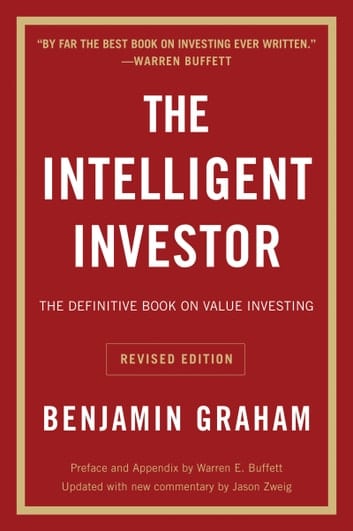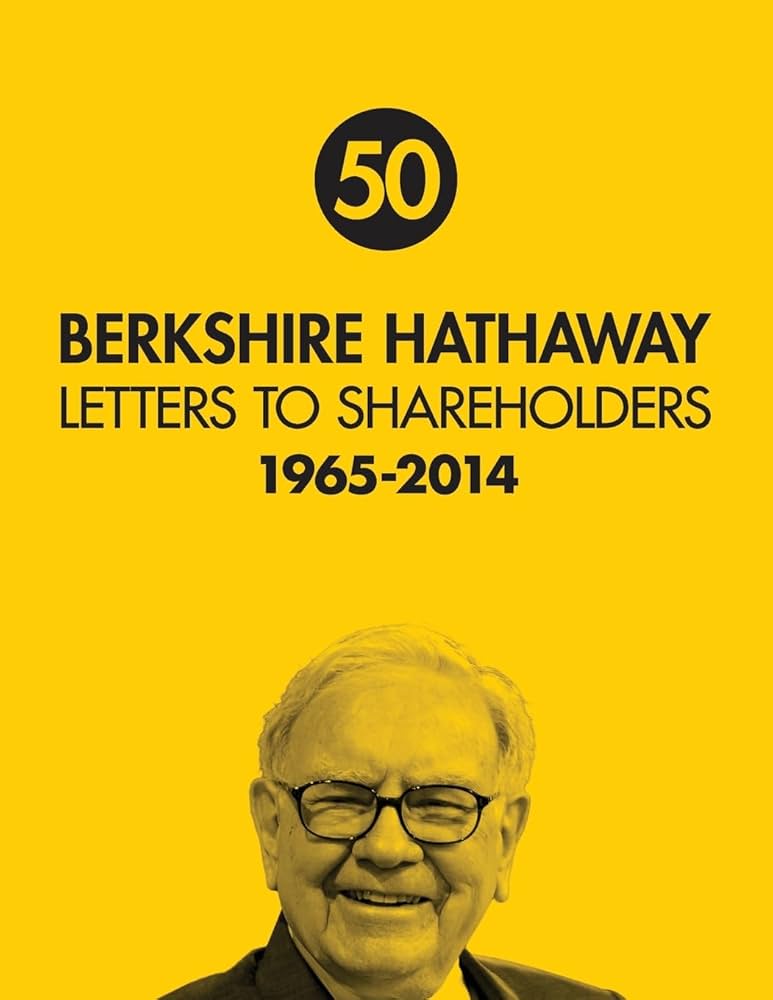In 1971, Charlie Munger and Warren Buffett invested heavily in a trading stamp company called Blue Chip Stamps.1Source: Yahoo! Finance This is one of Buffett’s and Munger’s early trades, which is documented in some of the best investing books.
At the time, many would have considered putting so much capital into a single business risky. But Munger and Buffett believed that the company’s capital resources were a better trade-off.
Their investments paid off when Blue Chip Stamps became a key part of Berkshire Hathaway’s portfolio. And they used the company’s capital to fund their other investments like See’s Candies, Wesco Financial, The Buffalo Evening News, and Precision Steel.
This experience shaped Munger’s belief that diversification isn’t always necessary. As he famously said:
“The whole secret of investment is to find places where it’s safe and wise to non-diversify. It’s just that simple.”
When you think about it, why put your money in 20 mediocre companies when you can invest in 3 that will actually yield higher results?
Munger’s strategy showed that concentrated investments in high-quality businesses can lead to extraordinary returns. This shows that reading about successful investors from the best investing books can teach us valuable lessons.
The following five lessons from the best investing books.
1. The Intelligent Investor by Benjamin Graham: Focus on value, not price
The economist and investor, Benjamin Graham’s The Intelligent Investor is an old, but classic book on investing. It teaches value investing: Buying stocks that are cheap compared to what they’re really worth.
This book isn’t about guessing stock prices. It’s about investing logically and sticking to a plan. As Graham said:
“The intelligent investor is a realist who sells to optimists and buys from pessimist.”
Graham says you should understand what you’re buying and focus on long-term value, not short-term price changes.
Warren Buffett loves this book. It really is one of the most influential investing books. Even until the present, Graham’s idea of the “margin of safety” is still big in investing.
2. Berkshire Hathaway Letters to Shareholders: Always think long-term
Buffett’s letters to Berkshire Hathaway shareholders are a goldmine of investing knowledge. They’re like personal lessons from one of the best investors ever. Buffett doesn’t just talk about stocks. He talks about patience, understanding businesses, and thinking long-term.
Berkshire Hathaway Letters to Shareholders isn’t just about investing. Buffett shares his mistakes and what he learned, which is helpful for any investor. As Buffett said:
“The stock market is a device for transferring money from the impatient to the patient.”
This means focusing on long-term ownership and ignoring short-term market ups and downs.
Buffett’s letters show that success isn’t about guessing when to buy or sell. It’s about owning great companies for a long time. This focus on long-term value (which Graham also talks about) is something every investor needs to remember.
3. Against the Gods — The Remarkable Story of Risk by Peter Bernstein: Understand and manage risk
Peter Bernstein’s Against the Gods explores how humans have learned to understand and manage risk throughout history.
This book dives deep into how risk shapes financial markets and human progress. It shows how risk management is the foundation of every successful financial decision.
Whenever you invest, you have the risk of losing your money. No one has total control of the stock market. So it’s important to learn how to manage that risk. Mastering risk management is what separates successful investors from those who lose all their money.
Bernstein shows that our ability to predict risk and uncertainty has been the key to progress in financial markets. One of Bernstein’s most powerful lines sums up the book’s message:
“The essence of risk management lies in maximizing the areas where we have some control over the outcome while minimizing the areas where we have absolutely no control over the outcome.”
This advice is essential for anyone building a strong portfolio.
4. How to Trade in Stocks by Jesse Livermore: Manage your emotions
How to Trade in Stocks by Jesse Livermore is a timeless lesson on the role of emotions in investing.
Livermore was a legendary stock trader in the early 20th century, and I actually wrote about him intensively both in my blog and in my latest book. His life and investing career are interesting and full of insights.
How to Trade in Stocks emphasizes the importance of discipline and emotional control in trading. Livermore built and lost fortunes multiple times, and much of this book reflects the wisdom he gained from those experiences.
The most valuable insight from this book is Livermore’s warning against the dangers of emotional investing.
“The stock market is never obvious. It is designed to fool most of the people, most of the time.”
Livermore emphasizes that it’s essential to remain objective, especially during volatile markets. The market is full of noise—hype, rumors, and fear—and it’s easy for investors to get caught up in it.
As an investor, you must be able to separate your emotions from your decision-making process. Livermore’s focus on emotional control and disciplined trading is as important today as it was a century ago.
5. How I Made $2,000,000 in the Stock Market by Nicolas Darvas: Stick to your system
Nicolas Darvas wasn’t a professional investor—he was a dancer. Through self-study and discipline, he made millions in the stock market.
His book, How I Made $2,000,000 in the Stock Market, details his famous “Box System” for identifying stocks poised for growth. What makes this book different is the author’s unconventional path and his strict adherence to his own system, even when others doubted him.
The lesson from this book is simple: Develop a system that works for you, and stick to it.
Darvas created a strategy based on stock price movements and volume patterns, and he disciplined himself to follow that system no matter what the market did. As he puts it:
“There are no good or bad stocks, there are only rising and falling stocks.”
Darvas’ story proves that you don’t need to be a Wall Street insider to succeed in the stock market. What you need is a clear, well-defined system and the discipline to execute it consistently.
It’s all about the long game
When you go online, it might seem like millions of people are getting rich quickly by buying Bitcoin, Gamestop stocks, or other things. Every week, there’s a story about some asset going up by hundreds of percent in a short time.
Those are outliers. Most of us will never get rich that quickly. You can get lucky, of course. But luck is not an investing strategy. That doesn’t mean you can’t get rich over a longer period.
In the long run, public markets are still the best way to build wealth. You can’t afford not to invest.
Investing is difficult because it goes against human nature. We need to make choices today that pay off in the future. Too many folks want instant gratification.
While most assets have gone up in value over the last century, our purchasing power hasn’t changed. Sure, wages have increased. But so has inflation. End result? If you don’t invest, you’ll likely lose money over the long term.
That’s the advantage of learning from the best investing books. When you have a strong foundational knowledge of investing, you can execute sustainable investing decisions.









